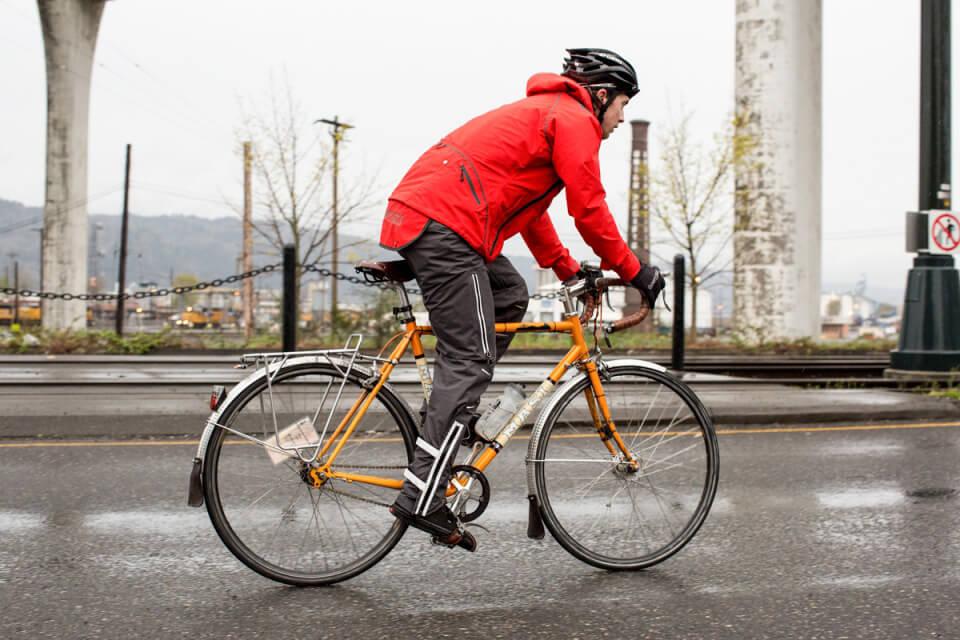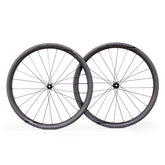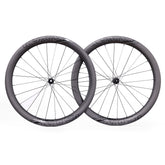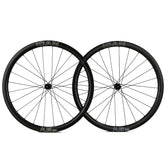11 Crucial Tips for Wet Season Riding
Cycling can be a great and fun activity. It is an outstanding way of spending your free time and also an exercising opportunity. Some people have taken it as a career, and they have been able to build their lives around it.
Whether you are cycling for sport or fun, you should make sure that you take precaution. Safety is not an option and should be your highest priority. Cyclists often face danger during wet seasons. The roads are usually wet, which reduces traction and increases the chances for an accident to occur.
Statistics have shown that one in every three cyclists are involved in an accident when they cycle during the wet season. That’s why experts have come up with a list of the Do’s and Don’ts when cycling. These tips are aimed at helping with your safety for both amateurs and professional cyclists. As follows:
Pick your Road Carefully
It is critical to keep in mind that different roads are affected by bad weather conditions in different ways. Make sure that you are familiar with the road that you pick if you want to minimize your chances of being involved in an accident. If you are not familiar with the area, make sure you hire a local guide who will shed some lights on the conditions of the area.
Go Around the Icy Patches
If you are riding during winter and the roads are covered with ice, make sure you go around the icy patches if you have enough time. If you don’t have the time, you can try to reduce the speed of the bike and go over them. Icy patches may cause your bike to skid and lose control. It has been proven that most of the accidents take place due the cyclist ignoring the icy patches and opting to go over them with high speed.
Avoid Sudden Moves
You may try fancy moves on a dry road, but it would have negative effects when you try them on a wet road. If you cannot avoid the wet road, make sure you avoid making sudden moves as they increase the chances of your bike slipping and you falling over. People are also encouraged to ride at a reasonable speed on these roads.
Photo credit: www.cyclingweekly.com
Don’t Ride on Manhole Covers
You may think that these covers provide the best protection from the utility hole, but during the wet season, they may be dangerous. The water may have moved them an inch away from the utility hole, which makes them the best booby trap. When you ride on them during this season, you may stumble, fall, and get injured in the process.
Apply Both Brakes
When it is raining, and you need to use the breaks, make sure that you apply both of them in equal measures. This will help your bike to reduce the speed effectively. You should also ride your bike near the middle of the road. By doing this, you will be able to avoid any stones and debris that may have been washed to the sides of the road.
Reduce Speed towards the Corners
When cornering during a bad weather condition, make sure you reduce your speed and don’t change direction too quickly. The wet roads reduce your grip and increase the chances of the bike sliding. Start peddling only when you are out of the bend and in a stable position.
Apply Brakes Earlier than Normal
Since your bike has a lesser grip on a wet surface than it does on a dry surface, you are encouraged to apply brakes earlier than normal. Make sure you apply the brakes every time you are turning a corner so that you don't fall over. A huge number of cyclists are known to apply brakes when they get close to their intended stopping area. This way, they end up getting injured. You can have some practice sessions in your home before you take the trip.
Reduce your Frontal Area
Having strong winds during wet conditions is normal. When this happens, make sure you reduce your frontal area by leaning close to the handlebars. Strong winds may cause health complications to your chest. When you bend close to the handlebars, you are also reducing your surface area that may be hit by the winds. It has been proven that the cold may affect your judgment as some cyclists are not able to identify a corner or an obstacle on the road.
Avoid Clustering together
When you are riding in a group, it is critical to give the cyclist ahead of you enough space. This will give a clear view of the road, and you will have enough time to react when something happens ahead. It is common for cyclists to tumble and fall over each other when they are riding in a group. Don't fall behind the group as you may have a hard time to catch up with them.
Keep Warm during the Weather
Make sure you wear warm clothes when you are cycling. You can put on the rain jacket and gloves to avoid getting wet. Avoid carbon rims when you are descending as they are known to have less grip. It would be impossible for you to apply the brakes successfully with them.

Photo courtesy of Showers Pass
Seek Professional Advice
Amateur cyclists are encouraged to make sure that they seek out the opinions and advice from people who have been cycling for longer periods. These people have the knowledge and the tops that may come handy when you are riding. You can check out some popular YouTube videos where you are shown what to do and what to avoid.
Conclusion
Riding can be an amazing experience. It gives you a chance of connecting with your friends and having a great time. However, riding on a wet road is tricky and requires that you know about the tips mentioned above. Practice and apply them on your next riding trip. They may save your life.










